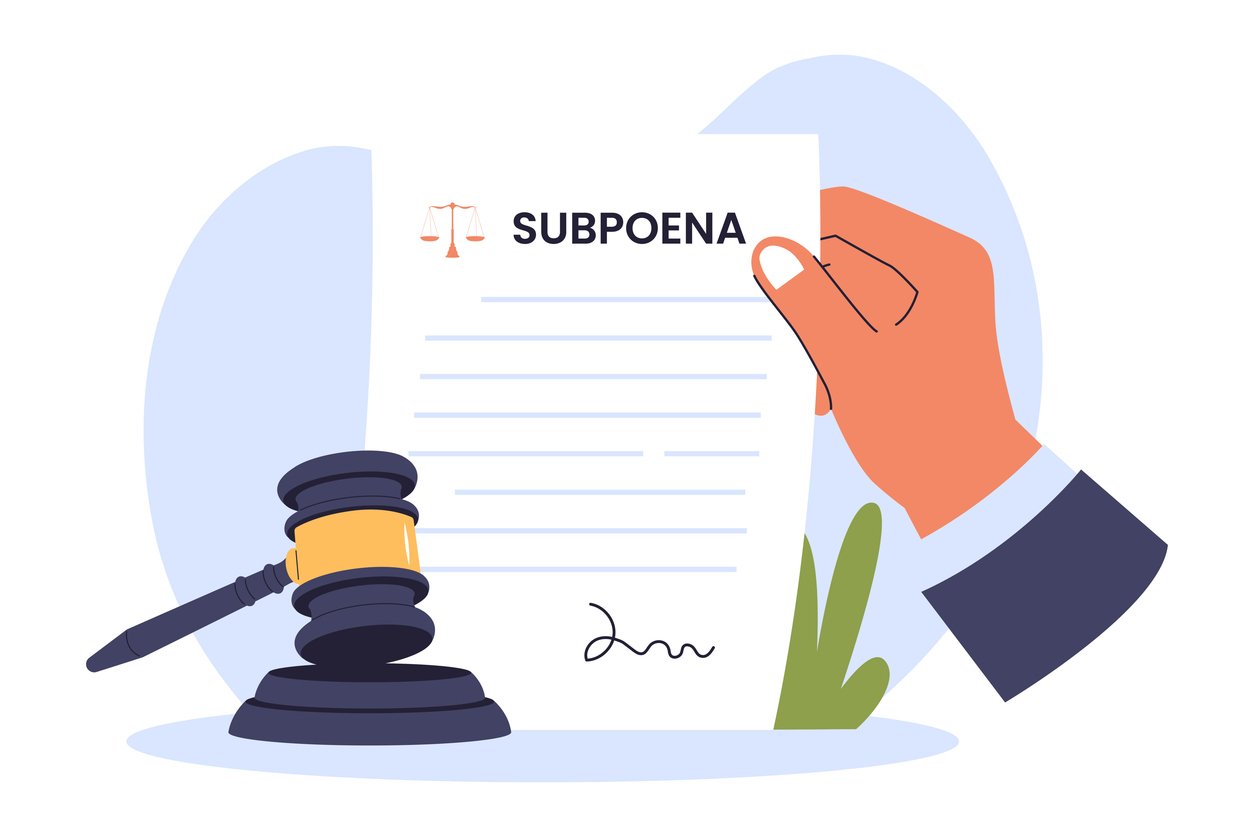What Is Fraud in the Inducement?
Entering into a contract should be a step toward clarity and mutual benefit. Unfortunately, not all agreements are made in good faith. Fraud in the inducement occurs when one party is misled into signing a contract based on false representations or intentional omissions. Whether you’re a business owner, investor, or individual facing a legal dispute, understanding how this form of fraud works is critical to protecting your rights. This article will explain the elements of fraud in the inducement, its legal implications, and the steps you can take to protect yourself when entering into a contract.
Fraud in the inducement occurs when one party is misled into entering a contract through deceptive practices. The deceptive party causes them to enter an agreement under false pretenses, usually through misrepresenting the benefits or terms of the contract.
This type of contract fraud can occur in various forms, including:
- Providing false information about the potential advantages of the contract or
- Hiding critical terms that could affect the decision-making process
It’a difficult to detect fraudulent inducement because the contract’s appearance remains legitimate, but the underlying reasons for agreement are tainted by manipulation. Recognizing fraud in the inducement requires a keen eye for inconsistencies and a thorough understanding of the contractual context.
Fraud in the Inducement Elements
To prove fraud in the inducement, certain elements must be present:
- False Representation: One party must have made a false statement or misrepresentation of a material fact. This misrepresentation must be significant enough to influence the decision to enter the contract. It’s not just about minor inaccuracies but about deceptive facts that alter the agreement’s perceived value or purpose.
- Intent to Deceive: The deceptive party must have intended to mislead the other party. This intent is crucial and can be demonstrated through actions, communications, or a pattern of behavior designed to mislead. Establishing intent involves showing that the deceptive party knew the truth but chose to present false information.
- Justifiable Reliance: The deceived party must have relied on the false statement in deciding to enter the contract. This reliance must be reasonable, meaning that any rational person in the same situation would have been similarly influenced by the misrepresentation. The deceived party’s belief in the false statements must be shown to be justified under the circumstances.
- Damages: The deceived party must have suffered harm or damages as a result of the fraudulent inducement. These damages can be financial losses, missed opportunities, or other adverse effects that can be directly linked to the deceptive practices. Proving damages involves demonstrating a tangible impact resulting from the fraud.
Understanding these elements is critical for identifying and proving cases of fraudulent inducement. Each component must be clearly demonstrated in a court of law to establish the presence of fraud. Legal professionals often rely on evidence such as documentation, witness testimony, and expert analysis to substantiate claims of fraudulent inducement.
Fraud in the Inducement vs. Fraud in the Factum
While both fraud in the inducement and fraud in the factum involve deception, they differ in significant ways. Fraud in the factum relates to the nature of the contract itself. The deceived party is led to believe they are signing something different from what they actually are. This can invalidate the contract entirely, as the signer did not have the opportunity to consent to the terms knowingly.
In contrast, fraud in the inducement does not dispute the nature of the contract but focuses on the reasons or motivations for entering into the agreement. The deceived party is aware they are signing a contract, but their understanding of the contract’s benefits or the situation is distorted by false representations. This distinction is crucial in legal proceedings, as it determines the approach to resolving the dispute and the potential remedies available.
Fraud in the factum, because it involves the fundamental nature of the contract, often results in the contract being declared void from the start. On the other hand, fraud in the inducement may lead to the contract being voidable, meaning the deceived party can choose to affirm or rescind the agreement based on the discovered deception. Understanding these differences helps parties navigate legal challenges and seek appropriate resolutions.
Legal Implications of Fraudulent Inducement
Fraudulent inducement can lead to serious legal consequences. If proven, it can result in the contract being voided or rescinded. This means the contract is treated as though it never existed, and parties are restored to their original positions, as much as possible. The deceived party may also seek damages for any losses incurred due to the fraud.
Legal actions related to fraudulent inducement often involve complex litigation, as they require a detailed examination of the contract’s formation and the parties’ intentions. Courts will analyze the evidence to determine whether the elements of fraud are present and decide on appropriate remedies. This can include financial compensation, restitution, or other equitable relief designed to address the harm caused by the deception.
Contract Inducement and Law
In contract law, inducement refers to the act of persuading another party to enter into a contract. When inducement is fraudulent, it undermines the very foundation of the contractual agreement. Contracts are built on mutual consent and understanding, and fraud destroys this trust, making the agreement unjust and unenforceable.
Courts take such matters seriously, as contracts are based on mutual consent and understanding. Legal protections exist to help parties defend against fraudulent inducement. These include:
- Due Diligence: Parties are encouraged to investigate and verify the information provided before signing a contract. This involves researching the other party’s claims, seeking independent assessments, and ensuring all statements are accurate.
- Clear Contract Terms: Ensuring that the contract language is clear and precise helps prevent misunderstandings. Ambiguities can be exploited in cases of fraud, so clarity is essential for a fair agreement.
- Legal Counsel: Consulting with a legal expert can provide insight into contract terms and potential red flags. Lawyers can identify problematic clauses, advise on negotiation strategies, and offer protection against deceptive practices.
- Thoroughly Review All Documents: Read and understand every detail of the contract before signing. Look for any vague or ambiguous terms. Do not rush through the review process; take your time to ensure complete comprehension of the agreement’s implications.
- Verify Information: Cross-check facts and representations made by the other party. Do not rely solely on verbal assurances. Seek evidence to support claims, such as financial statements, references, or third-party evaluations.
- Seek Legal Advice: A lawyer can help identify potential issues and ensure that your interests are protected. Legal experts can interpret complex terms and provide guidance on how to proceed if any red flags are identified.
- Document Everything: Keep a record of all communications and representations made during negotiations. This can serve as evidence if disputes arise. Documenting interactions provides a trail that can be crucial for establishing facts in a legal context.
Protecting Against Fraud in the Inducement
Being proactive is key to protecting yourself from fraudulent inducement. Here are some steps you can take:
By implementing these strategies, individuals and businesses can create a robust defense against fraudulent inducement, ensuring that contracts are entered into with full awareness and genuine consent.
Conclusion
Fraud in the inducement is a complex legal issue that can have significant consequences for all parties involved. Understanding the elements of fraudulent inducement and how it differs from similar issues is crucial for anyone involved in contractual agreements. By taking proactive steps and seeking legal counsel, you can better protect yourself from potential fraud and ensure that your contracts are fair and enforceable.
In summary, awareness and due diligence are your best defenses against fraud in the inducement. Whether you are entering into a contract or enforcing one, knowing your rights and the legal framework surrounding inducement can help safeguard your interests and uphold the integrity of your agreements. With the right precautions, individuals and businesses can navigate the complexities of contract law with confidence and security.





